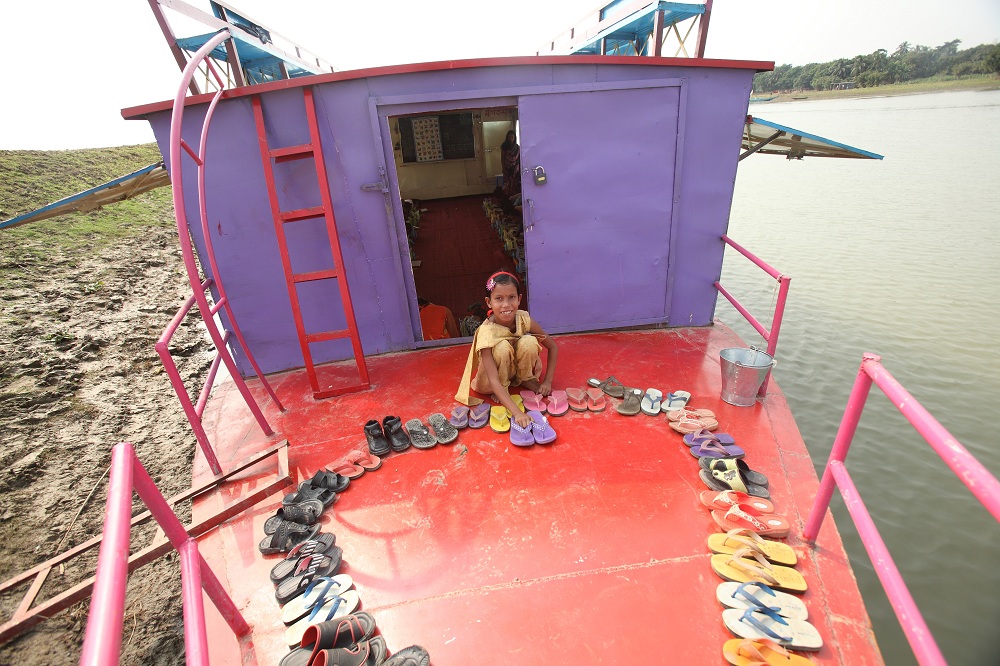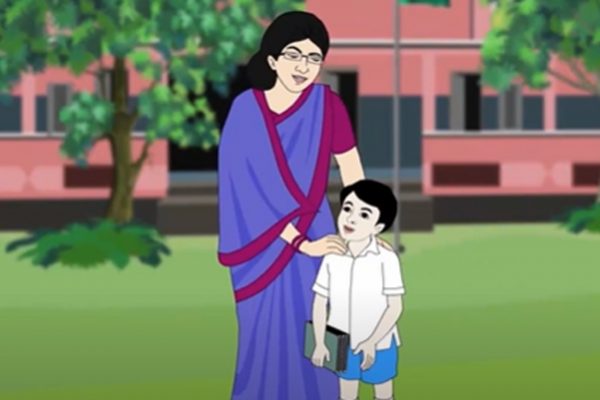A flood of opportunity
Reading Time: 2 minutes
As a young child in Sylhet, Bangladesh, I remember my daily life being attached to the land. Thrills came from chasing my cousins barefoot down hot, dirt roads; from sneaking out to watch older kids play soccer in the neighboring green fields; from helping my grandmother water her crops. When it would rain, as it frequently does in Sylhet, I would anxiously wonder when it would stop.
As a young child in Sylhet, Bangladesh, I remember my daily life being attached to the land. Thrills came from chasing my cousins barefoot down hot, dirt roads; from sneaking out to watch older kids play soccer in the neighboring green fields; from helping my grandmother water her crops. When it would rain, as it frequently does in Sylhet, I would anxiously wonder when it would stop.
The vicious flooding cycles in Sylhet gave us constant uncertainty. Flash floods often destroyed homes, isolated communities, and disrupted even the simplest of activities. They still do.
Regularly attending school, for example, becomes unfeasible when water levels rise and fall suddenly every so often.
BRAC’s boat schools have posed an innovative solution to this problem of access. Boat schools both pick up and drop off students and teachers from their hatis (small islands) before and after classes, which is a relief for those who can’t afford to pay a boat fare to travel to school.
BRAC launched the program with just two boat schools in September 2011, but in November 2012, Her Highness Sheikha Moza bint Nasser, wife of the emir of Qatar, donated $11.4 million for BRAC to build 500 boat schools for disadvantaged students by 2014. So far BRAC is running 100 in multiple regions within Sylhet division.
Operated by engine, these schools are 42 feet long, 10.5 feet wide, and 6.2 feet deep. They include washroom facilities and storage for pure drinking water for a maximum 30 children, aged nine to 12, per school.
Every boat school also hosts a parents’ forum with monthly discussions on issues of health and nutrition as well as stressing regular attendance and good parenting. Teachers, usually married female members of the community with 10 years of schooling, are provided training and monthly refresher courses by BRAC.
Today, instead of anxiously awaiting the end of the rain, we anxiously await what these students will be able to change in their lives and communities. For geographically isolated children such as 10-year-old Mukta Rani Das, BRAC’s boat schools have provided opportunities previously inconceivable. “I am very happy to attend this school,” she says. “We had never thought of going to school, as the nearer primary school is two miles away.”






